本文主要介绍 Java 通过 Cloud Native Buildpacks 打包镜像,通过 Gitlab 配置 CI/CD。以及使用 nacos 作为配置中心,使用 grpc 作为 RPC 框架。
前置条件:
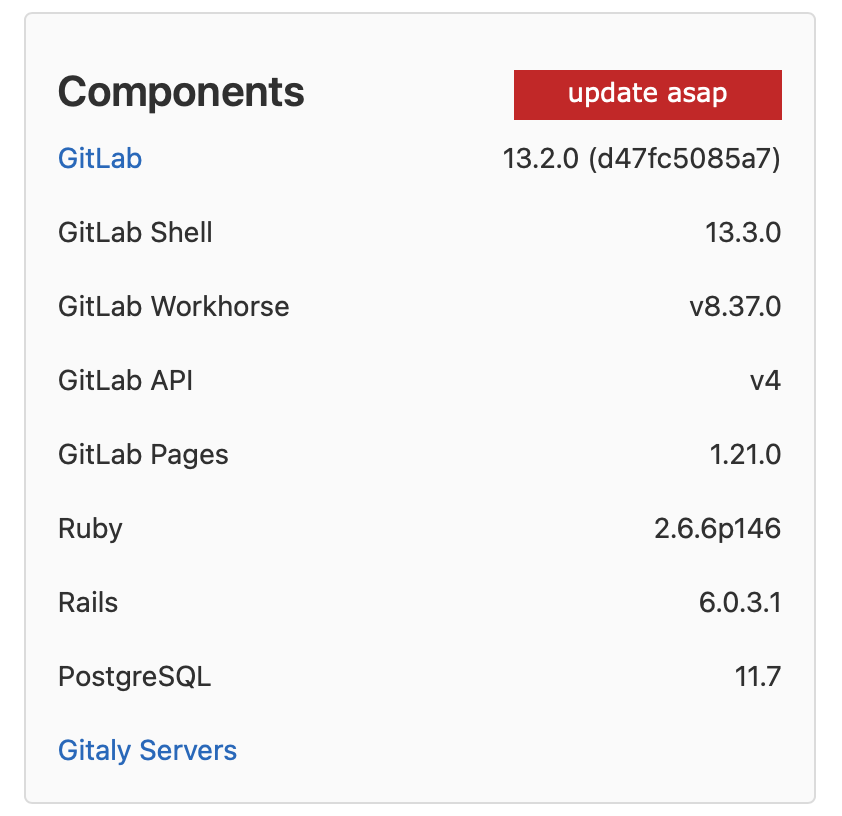
spring-boot gradle 插件在 gradle 中提供 spring-boot 支持。该插件可以打 jar 或者 war 包。
plugins {
id ‘org.springframework.boot‘ version ‘2.5.4‘
}
新建一个 gradle 项目,该项目在只引用 id ‘org.springframework.boot‘ version ‘2.5.4‘ 插件的情况下,gralde 任务分布完全没有变化,如下图所示。
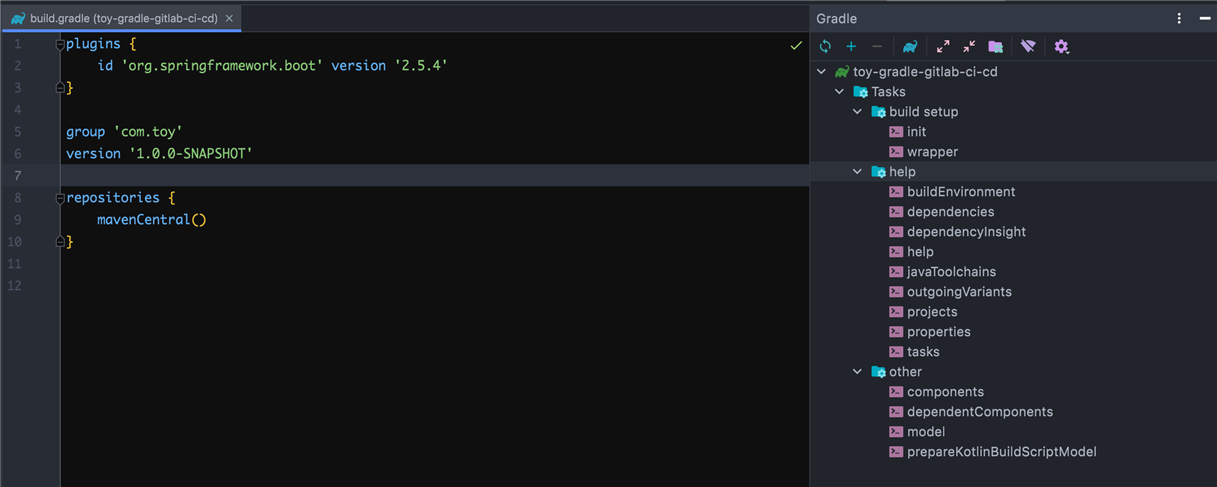
java 插件plugins {
id ‘java‘
id ‘org.springframework.boot‘ version ‘2.5.4‘
}
但当引入 java 插件后,情况就大大不同了,可见,spring-boot 插件和 java 插件一起应用后,将产生如下反应:
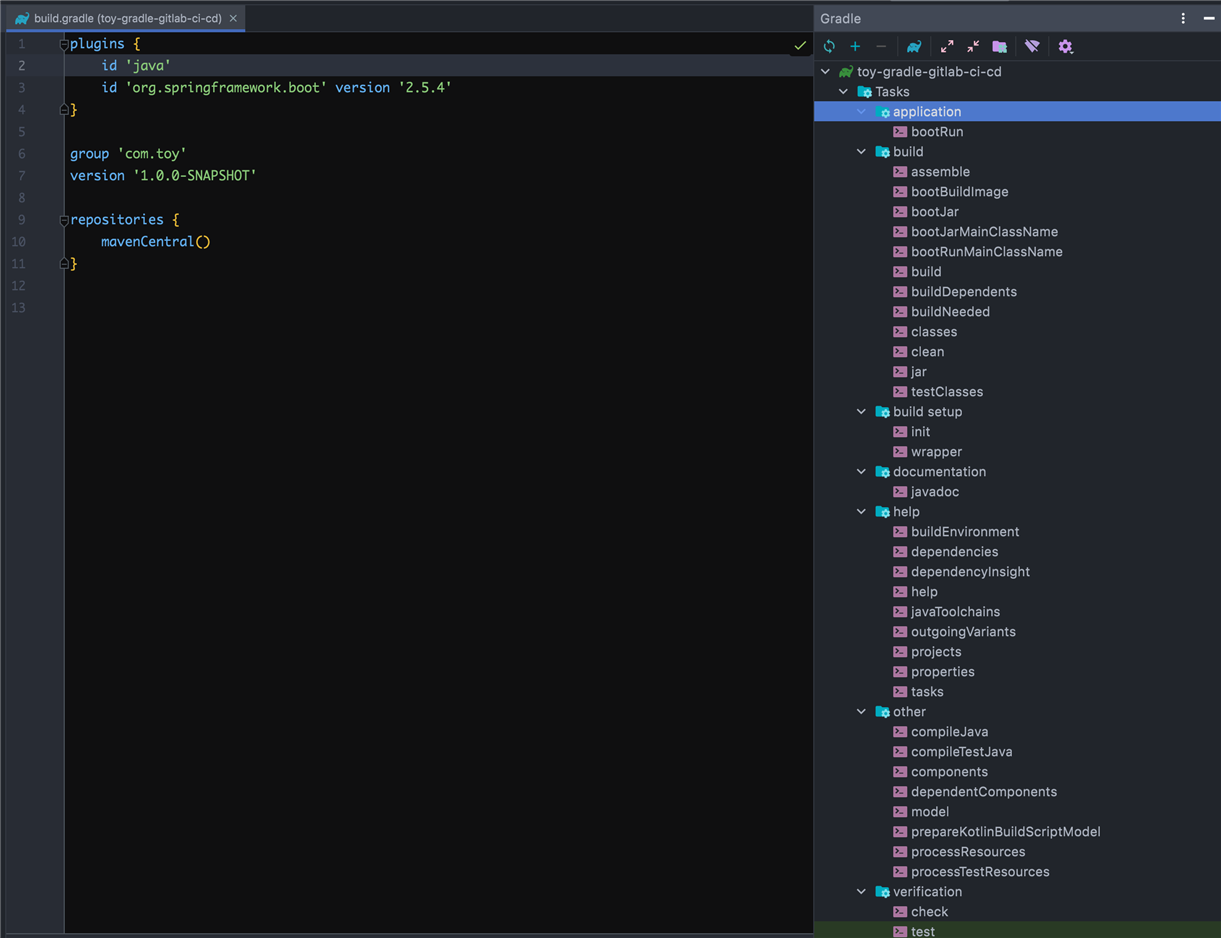
创建bootJar任务,执行该任务会生成一个 fat jar。该 jar 包把所有的类文件打包进 BOOT-INF/classes 中,把项目依赖的所有 jar 包打包进 BOOT-INF/lib 中。
配置 assemble 任务,该任务依赖于 bootJar 任务,所以执行 assemble 任务的时候也会执行 bootJar。
配置 jar 任务,该任务可以配置 jar 包的 classifier。配置方式如下,默认情况下 classifier 为空字符串:
bootJar {
classifier = ‘boot‘
}
jar {
classifier = ‘‘
}
创建 bootRun 任务用于运行应用程序。
创建 bootArchives 配置,注意这里是配置,不是任务。当应用 maven 插件时会为 bootArchives 配置创建 uploadBootArchives 任务。bootArchives 默认情况下包含 bootJar 或 bootWar 任务生成的文件。
uploadBootArchives {
repositories {
mavenDeployer {
repository url: ‘https://repo.example.com‘
}
}
}
创建 developmentOnly 配置。该配置用于管理开发时的依赖,比如 org.springframework.boot:spring-boot-devtools,该依赖仅在开发时使用,无需打进 jar 包中。
dependencies {
developmentOnly ‘org.springframework.boot:spring-boot-devtools‘
}
创建 productionRuntimeClasspath 配置。它等价于 runtimeClasspath 中的依赖减去 developmentOnly 配置中的依赖。
配置 JavaCompile 任务默认使用 UTF-8。
配置 JavaCompile 任务使用 -parameters 配置编译器参数。
io.spring.dependency-management 插件引入该插件后,将自动管理依赖版本。
plugins {
id ‘java‘
id ‘org.springframework.boot‘ version ‘2.5.4‘
id "io.spring.dependency-management" version "1.0.11.RELEASE"
}
group ‘com.toy‘
version ‘1.0.0-SNAPSHOT‘
repositories {
mavenCentral()
}
dependencies {
developmentOnly ‘org.springframework.boot:spring-boot-devtools‘
}

基于本示例使用 nacos 作为服务发现中心,本示例将使用 net.devh:grpc-spring-boot-starter 依赖作为框架。
目前为止,我们介绍了 java 项目中引入 spring gradle 所需的插件,以及各个组件的作用。接下来我们介绍如何引入 grpc,以及引入 grpc 后,我们的工程结构。
改造后工程结构总体如下:
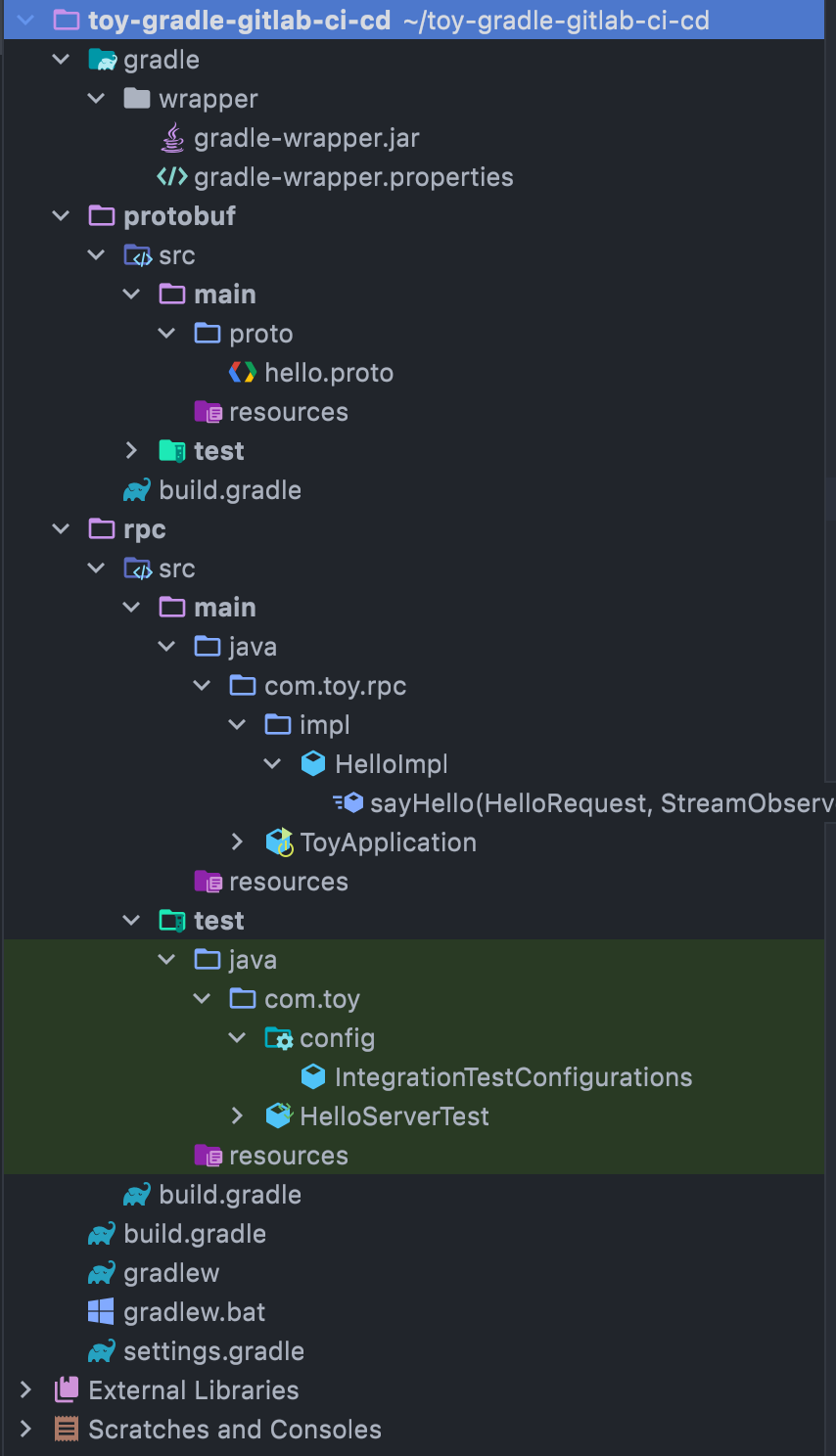
用于保存 proto 文件,以及发布 proto 文件,当客户端引用时,保证 jar 包最小。build.gradle 文件内容如下:
plugins {
id ‘java‘
id ‘idea‘
id ‘com.google.protobuf‘ version ‘0.8.17‘ //google proto 插件
id ‘maven-publish‘
}
group ‘com.toy‘
version ‘1.0.0-SNAPSHOT‘
repositories {
mavenCentral()
}
dependencies {
//用于生成 java 类
compileOnly ‘io.grpc:grpc-protobuf:1.39.0‘
compileOnly ‘io.grpc:grpc-stub:1.39.0‘
}
protobuf {
protoc {
artifact = "com.google.protobuf:protoc:3.17.3"
}
plugins {
grpc {
artifact = ‘io.grpc:protoc-gen-grpc-java:1.39.0‘
}
}
generateProtoTasks {
all()*.plugins {
grpc {
}
}
}
}
publishing {
publications {
proto_package(MavenPublication) {
}
}
repositories {
maven {
allowInsecureProtocol = true
url ‘你的 Maven 仓库地址‘
credentials {
username = ‘Maven 账号‘
password = ‘Maven 密码‘
}
}
}
}
生成的 Java 类路径为 $projectName/build/.. 如下所示,生成的所有 class 文件位于 proto 文件夹下:
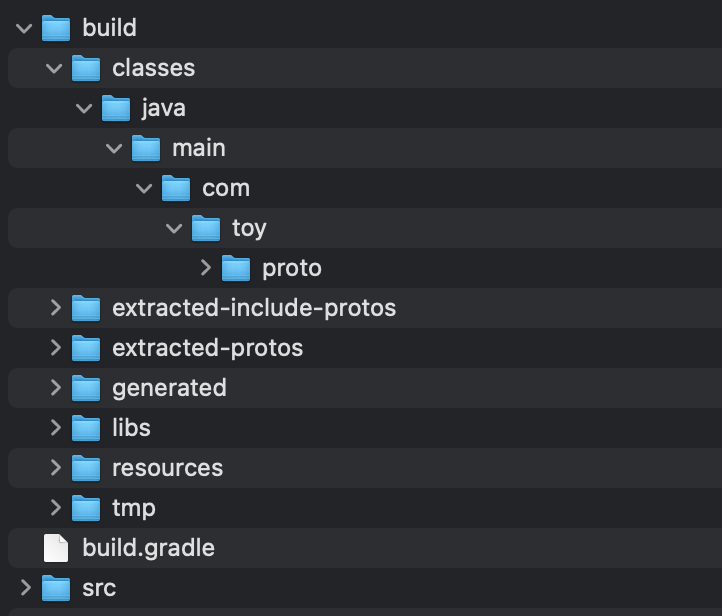
在 rpc 项目中添加启动类 ToyApplication,内容如下:
package com.toy.rpc;
import org.springframework.boot.SpringApplication;
import org.springframework.boot.autoconfigure.SpringBootApplication;
/**
* @author Zhang_Xiang
* @since 2021/8/20 15:34:58
*/
@SpringBootApplication(scanBasePackages = {"com.toy.*"})
public class ToyApplication {
public static void main(String[] args) {
SpringApplication.run(ToyApplication.class, args);
}
}
在包 com.toy.rpc.impl 中添加 HelloImpl 文件,内容如下:
package com.toy.rpc.impl;
import com.toy.proto.GreeterGrpc;
import com.toy.proto.HelloReply;
import com.toy.proto.HelloRequest;
import io.grpc.stub.StreamObserver;
import net.devh.boot.grpc.server.service.GrpcService;
/**
* @author Zhang_Xiang
* @since 2021/8/20 15:35:56
*/
@GrpcService
public class HelloImpl extends GreeterGrpc.GreeterImplBase {
@Override
public void sayHello(HelloRequest request, StreamObserver<HelloReply> responseObserver) {
HelloReply reply = HelloReply.newBuilder().setMessage("Hello " + request.getName()).build();
responseObserver.onNext(reply);
responseObserver.onCompleted();
}
}
添加集成测试
(1)添加集成测试配置
package com.toy.config;
import net.devh.boot.grpc.client.autoconfigure.GrpcClientAutoConfiguration;
import net.devh.boot.grpc.server.autoconfigure.GrpcServerAutoConfiguration;
import net.devh.boot.grpc.server.autoconfigure.GrpcServerFactoryAutoConfiguration;
import org.springframework.boot.autoconfigure.ImportAutoConfiguration;
import org.springframework.boot.test.context.TestConfiguration;
/**
* @author Zhang_Xiang
* @since 2021/8/12 16:26:25
*/
@TestConfiguration
@ImportAutoConfiguration({
GrpcServerAutoConfiguration.class, // Create required server beans
GrpcServerFactoryAutoConfiguration.class, // Select server implementation
GrpcClientAutoConfiguration.class}) // Support @GrpcClient annotation
public class IntegrationTestConfigurations {
}
(2)添加测试类
package com.toy;
import com.toy.config.IntegrationTestConfigurations;
import com.toy.proto.GreeterGrpc;
import com.toy.proto.HelloReply;
import com.toy.proto.HelloRequest;
import net.devh.boot.grpc.client.inject.GrpcClient;
import org.junit.jupiter.api.Test;
import org.springframework.boot.test.context.SpringBootTest;
import org.springframework.test.annotation.DirtiesContext;
import org.springframework.test.context.junit.jupiter.SpringJUnitConfig;
import static org.junit.jupiter.api.Assertions.assertEquals;
/**
* @author Zhang_Xiang
* @since 2021/8/20 16:02:41
*/
@SpringBootTest(properties = {
"grpc.server.inProcessName=test", // Enable inProcess server
"grpc.server.port=-1", // Disable external server
"grpc.client.inProcess.address=in-process:test" // Configure the client to connect to the inProcess server
})
@SpringJUnitConfig(classes = {IntegrationTestConfigurations.class})
@DirtiesContext
public class HelloServerTest {
@GrpcClient("inProcess")
private GreeterGrpc.GreeterBlockingStub blockingStub;
@Test
@DirtiesContext
public void sayHello_replyMessage() {
HelloReply reply = blockingStub.sayHello(HelloRequest.newBuilder().setName("Zhang").build());
assertEquals("Hello Zhang", reply.getMessage());
}
}
build.gradle
plugins {
id ‘java‘
id ‘idea‘
id ‘org.springframework.boot‘ version ‘2.5.4‘
id "io.spring.dependency-management" version "1.0.11.RELEASE"
}
group ‘com.toy‘
version ‘1.0.0-SNAPSHOT‘
repositories {
mavenCentral()
}
dependencies {
implementation platform(‘io.grpc:grpc-bom:1.39.0‘) //使所有 protobuf 插件的版本保持一致
implementation ‘net.devh:grpc-spring-boot-starter:2.12.0.RELEASE‘
developmentOnly ‘org.springframework.boot:spring-boot-devtools‘
implementation project(‘:protobuf‘) //引入 protobuf 项目
testImplementation ‘org.junit.jupiter:junit-jupiter-api:5.7.2‘
testRuntimeOnly ‘org.junit.jupiter:junit-jupiter-engine:5.7.2‘
testImplementation ‘io.grpc:grpc-testing‘
testImplementation(‘org.springframework.boot:spring-boot-starter-test‘)
}
bootBuildImage {
imageName = "harbor.xxx.com/rpc/${project.name}:${project.version}"
publish = true
docker {
publishRegistry {
username = "admin"
password = "admin"
url = "harbor.xxx.com"
}
}
}
test {
useJUnitPlatform()
}
至此,整个 grpc 项目基础结构完成。
在 rpc 项目 build.gradle 文件中引入读取 nacos 配置的 jar 包和注册服务到 nacos 中的 jar 包。
dependencies{
implementation ‘org.springframework.boot:spring-boot-starter-web‘ //用于注册服务
//添加此引用的原因是为了解决 spring boot 2.5.4 无法读取 nacos 配置的问题
implementation ‘org.springframework.cloud:spring-cloud-starter-bootstrap:3.0.3‘
implementation ‘com.alibaba.cloud:spring-cloud-starter-alibaba-nacos-discovery:2021.1‘
implementation ‘com.alibaba.cloud:spring-cloud-starter-alibaba-nacos-config:2021.1‘
}
添加读取服务配置,在 rpc 项目中添加 bootstrap.propertise,内容如下:
spring.profiles.active=dev
spring.application.name=toy
添加 bootstrap-dev.properties,内容如下:
spring.cloud.nacos.config.server-addr=127.0.0.1:8848
spring.cloud.nacos.config.namespace=52f2f610-46f6-4c57-a089-44072099adde
spring.cloud.nacos.config.file-extension=yaml
spring.cloud.nacos.config.group=DEFAULT_GROUP
spring.cloud.nacos.discovery.namespace=52f2f610-46f6-4c57-a089-44072099adde
spring.cloud.nacos.discovery.server-addr=127.0.0.1:8848
至此,完成了服务端通过 nacos 读取配置,并且把服务端注册到 nacos 中。
在根项目目录下添加 .gitlab-ci.yml 文件。当 gitlab 安装了 runner 后,将自动触发 CI/CD,内容如下:
variables:
CONTAINER_NAME: toy
IMAGE_VERSION: 1.0.0
IMAGE_TAG: harbor.xxx.com/toy/rpc
PORT: 10086
stages:
- test
- publishJar
- bootBuildImage //spring-boot 从 2.3.0 版本以后引入了 BootBuildImage 任务。
- deploy
test:
stage: test
script:
- gradle clean
- gradle rpc:test
publishProtoBuf:
stage: publishJar
script:
- gradle protobuf:publish
bootBuildImage:
stage: bootBuildImage
script:
- gradle rpc:bootBuildImage
deployDev:
stage: deploy
script:
- ssh $SERVER_USER@$SERVER_IP "docker login --username=$REGISTERY_NAME --password=$REGISTRY_PWD harbor.xxx.com; docker pull $IMAGE_TAG:$IMAGE_VERSION;"
- ssh $SERVER_USER@$SERVER_IP "docker container rm -f $CONTAINER_NAME || true"
- ssh $SERVER_USER@$SERVER_IP "docker run -d -p $PORT:$PORT -e JAVA_OPTS=‘-Xms512m -Xmx512m -Xss256K‘ --net=host --name $CONTAINER_NAME $IMAGE_TAG:$IMAGE_VERSION"
when: manual
这几个步骤什么意思呢?
when:manual,意思是手动触发此步骤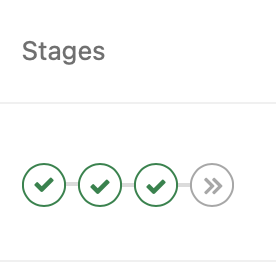
注意: 这里 SERVER_USER、SERVER_IP、$REGISTERY_NAME 和 $REGISTRY_PWD 在 Gitlab 中通过超级管理员做了全局配置,即在所有项目中都可以使用。
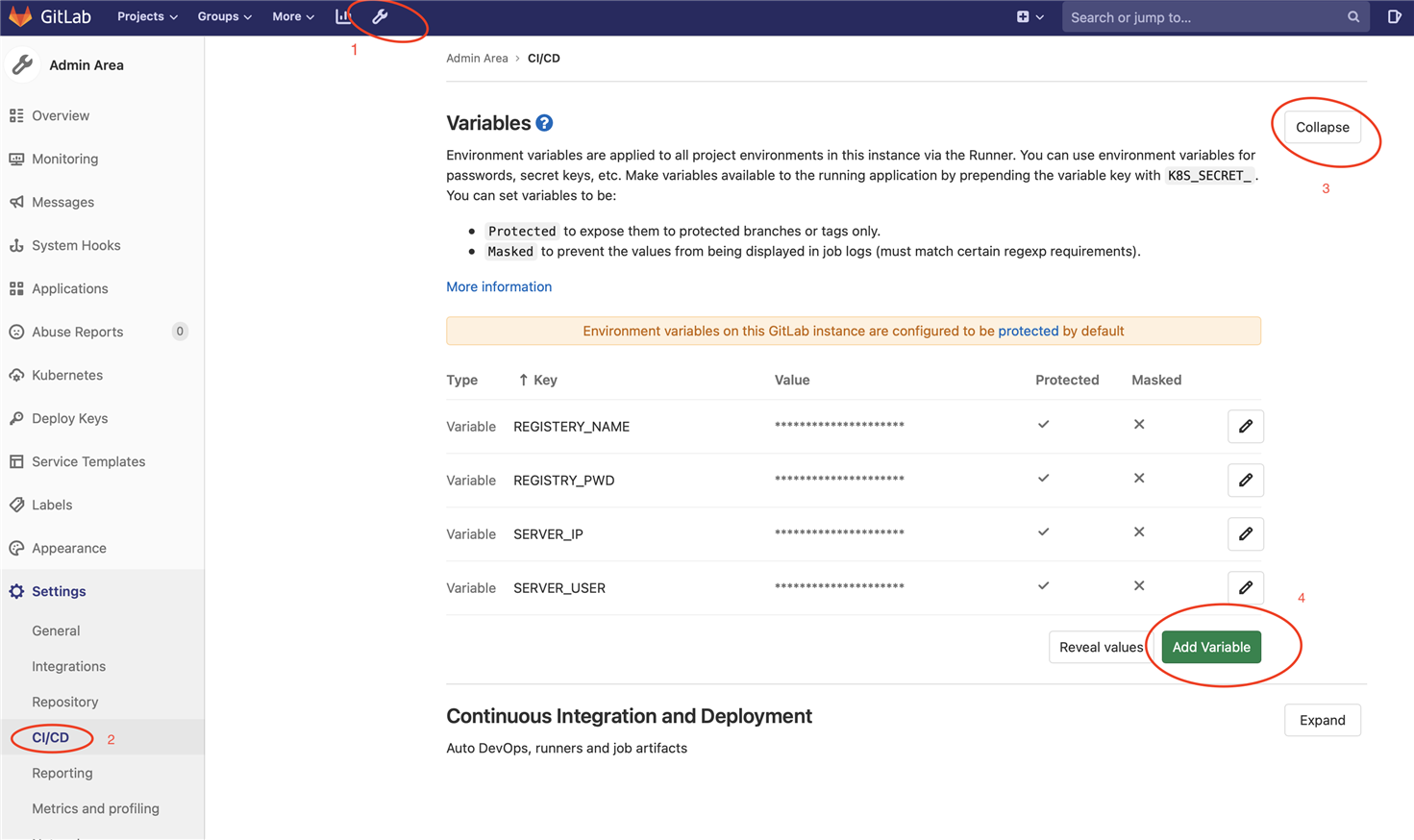
CI/CD 变量一共有 4 种定义方式,如下:
.gitlab-ci.yml 文件中定义
.gitlab-ci.yml 文件中,job 中定义的变量.gitlab-ci.yml 中定义的变量,job 外的变量spring-boot 2.5.4,nacos 作为配置、服务发现中心,Cloud Native Buildpacks 打包镜像,GitLab CI/CD
原文:https://www.cnblogs.com/Zhang-Xiang/p/15176081.html